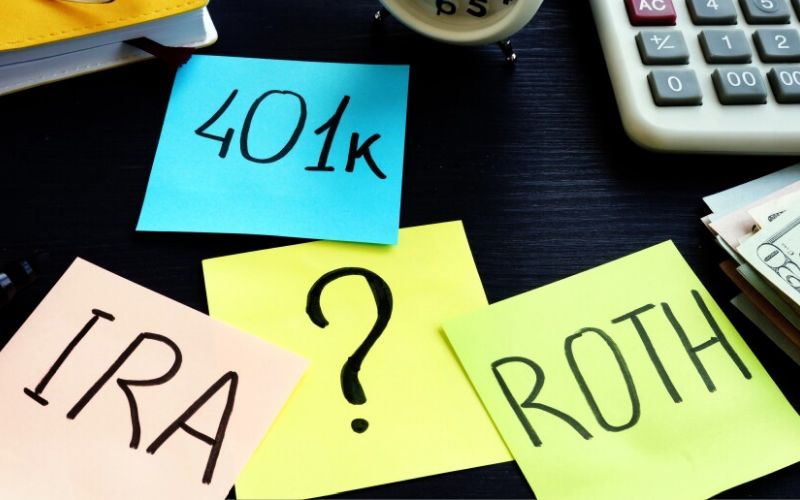
IRA And 401k Rollovers
When you change jobs or retire, there are four things you can generally do with your employer-sponsored retirement plan:
- Leave the money where it is
- Take the cash (and pay income taxes and perhaps a 10 percent additional federal tax if you are younger than age 59½)
- Transfer the money to another employer plan (if the new plan allows)
- Roll the money over into an IRA
Rolling over from one qualified plan to another qualified plan allows your money to continue growing tax-deferred until you receive distributions in retirement. We can help you determine if a rollover is the right move for you.
* Distributions from traditional IRAs and employer sponsored retirement plans are taxed as ordinary income and, if taken prior to reaching age 59½, may be subject to an additional 10% IRS tax penalty.
* Before rolling over your retirement account, consider all available options, which include remaining with your current retirement plan, rolling over into a new employer's plan or IRA, or cashing out the account value. When deciding between an employer-sponsored plan and IRA, there may be important differences to consider - such as range of investment options, fees and expenses, availability of services, and distribution rules (including differences in applicable taxes and penalties). Depending on your plan’s investment options, in some cases, the investment management fees associated with your plan’s investment options may be lower than similar investment options offered outside the plan.
Are you ready to put your financial well-being on track? Give us a call or fill out the form below to get started today.
Check the background of this investment firm on
FINRA’s BrokerCheck
